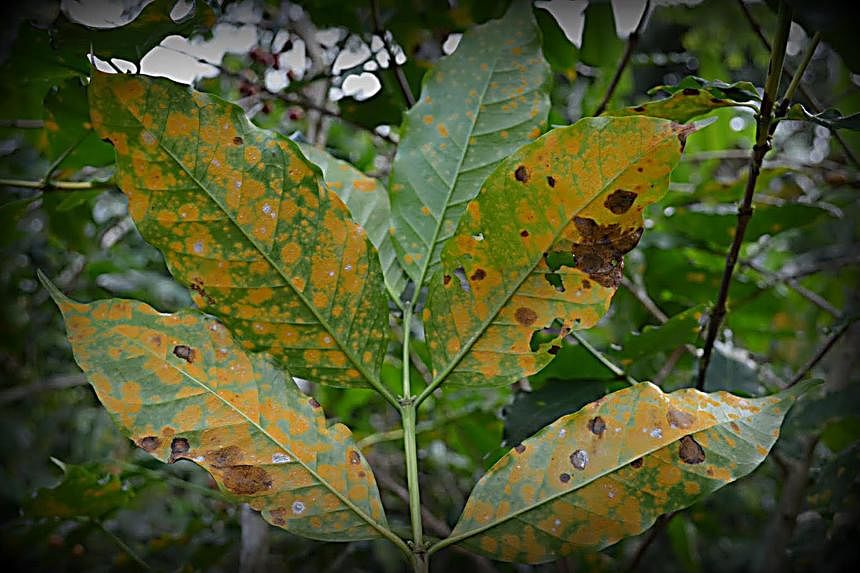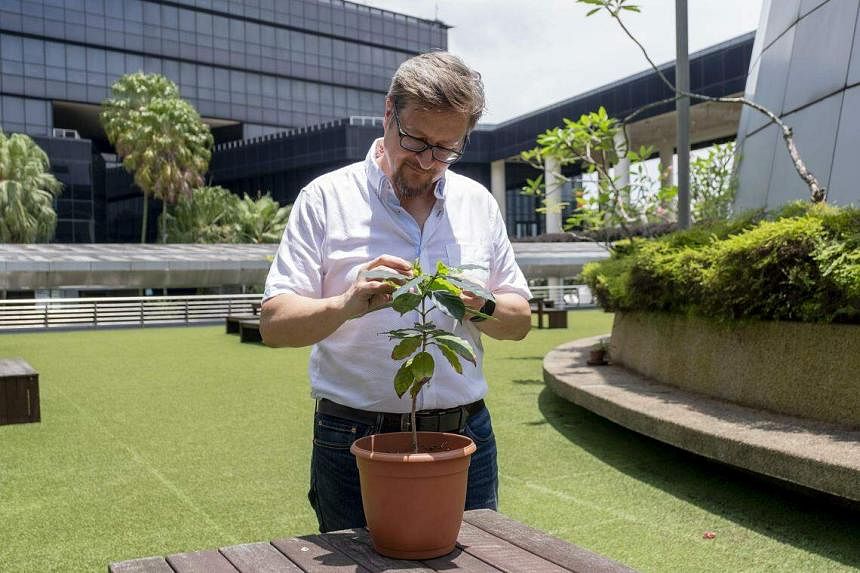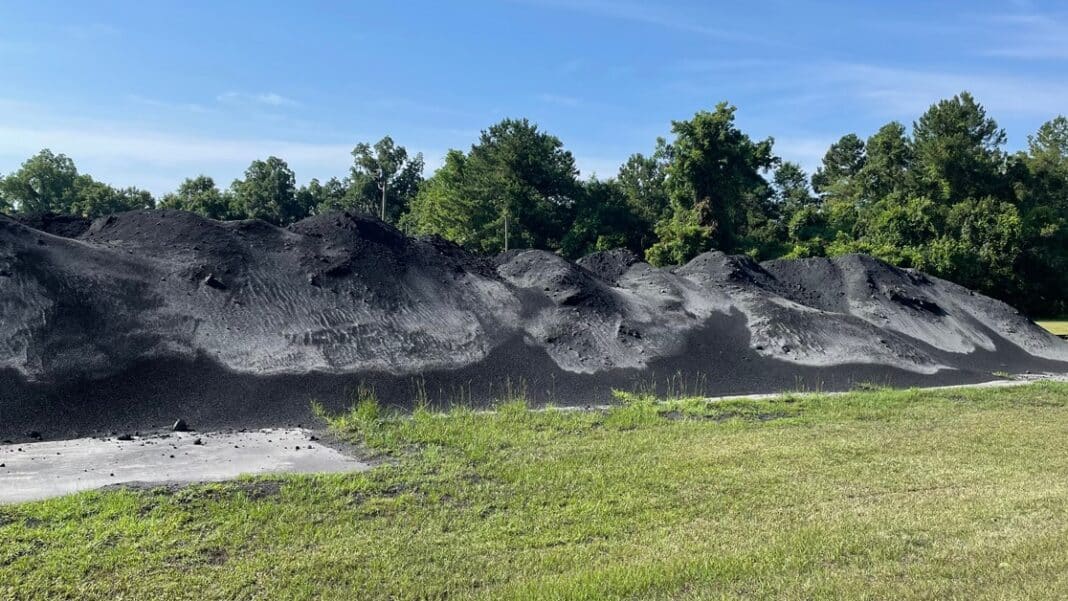ByPrashant Jha
Jul 14, 2024
Top US expert Rachel Kleinfeld compares current moment in US politics to the 1960s, and in global politics to the 1930s
Washington: The attack on former American President Donald Trump is a part of a rising trend of political violence in America. To make sense of it, both in a broader historical arc and the contemporary moment, HT reached out to Rachel Kleinfeld, a senior fellow with the Carnegie Endowment for International Peace, and among the leading authorities on political violence and democratic backsliding in the US. Kleinfeld’s latest book, A Savage Order, examines how extremist violence cripple democracies and how can they recover from it. The interview was conducted on Sunday over email. Excerpts:

How do you place the attack on Donald Trump in the broader arc of recent political violence in America?
Political violence and threats have been rising in America for much of the last decade – against politicians at every level, from people running for school boards and local offices, to state legislators and national candidates. America has had a number of past eras of political violence, when politics have been highly polarised and when political figures have implicitly called for violence against Americans who differ. These ugly parts of our history – such as the rise of the Know-Nothing party in the early 1800s, the Civil War, and the violence against Civil Rights protestors — ends when the government prosecutes violence, politicians stop normalising it, and regular Americans make it clear that they believe political violence is unequivocally wrong. That is what we need now.
A lot of scholarship on American political violence, especially since January 6, has focused on Right-wing extremists. But in this case, since the attack was on the face of the American political Right, do you think it will lead to a change in assumptions about the nature of radicalisation and the kind of people turning to violence? Is there radicalisation and violence on the Left that’s been underestimated?
We do not yet know if the shooter, who was a registered Republican, acted out of political belief on the Left or Right, or was simply disturbed, and we should not jump to conclusions. However, people who believe that violence can be used to solve political differences exist on all parts of the ideological spectrum. In the 1960s and 1970s, most political violence in the United States came from the Left.
Also Read | Victim and Hero: Donald Trump’s shooting seals his political edge for 2024
In the last eight years, research shows it has overwhelmingly come from the Right, though there has also been a normalisation of violence by the extreme Left that can be seen in a number of attacks on political figures and on university campuses. In all cases, the targets are not just the other side, but are often moderates on the same side as the perpetrators – because political violence is used to hollow out the centre and force people to extremes. That is why it is so important to stop the normalisation of violence as a political tool – it spreads and can create retaliatory cycles.
What is leading to this spike in violence in recent years, and what’s the period of American history that it reminds you of most sharply?
Populist politicians who polarise their societies have heralded spikes in political violence in many countries. In Brazil, Bolsonaro was also the target of an assassination attempt, yet his own rhetoric yielded a sharp increase in violence against journalists and others. India has seen an increase in anti-Muslim lynchings while other forms of violence have fallen. In the US, polarising rhetoric from MAGA politicians, and normalisation among far Left fringes, has increased violence against Republican and Democratic politicians at all levels.
In America, this looks something like the 1960s, when America faced rising violence and assassination attempts against multiple politicians. As violence became normalised as a political solution, assassins took the lives of John F. Kennedy, Malcolm X, American Nazi Party leader George Lincoln Rockwell, Martin Luther King Jr., and Robert F. Kennedy in the few years between 1963 and 1968. What followed after that was the normalisation of violence more broadly, and the US saw a doubling of homicide and an ongoing increase in criminal murder that continued to rise until the early 1990s.
But globally, I fear it looks like the early 1930s, when we saw violence from Fascists on the Right leading to clashes with Communists on the far Left in many countries, such as Italy and Germany. That sort of extremist violence tends to lead to a centralisation of power and government violence.
What do you think will be the political implications of the attack on Trump and its effect on political violence in general in US?
I hope that it will serve as a shock to the system, and force politicians to stop finger pointing and dividing American society. I fear that it will do the opposite. In either case, it is incumbent on regular Americans to speak out. Majorities of Americans across the political spectrum condemn political violence as unequivocally wrong, in every single case, against anyone. That voice needs to be heard loud and clear.
You have worked extensively on democratic backsliding within US. How does that story intersect with the rising violence?
Most political violence actually takes place in authoritarian countries, when people feel there is no other way to affect politics except through violence. In democracies, political violence rises when politicians and cultural leaders normalise violence as a political solution and undermine accountability for perpetrators by politicising law enforcement. That breaks down the rule of law and corrodes democracy. It allows political violence to spread across the political spectrum, and to seep into everyday and criminal violence as well. Violence, once begun, is hard to corral, and it can turn against those who try to wield it for their purposes. All countries where politicians are normalising violence against others should be aware of what can occur.
"Easy availability of guns in America, definitely a contributing factor": Foreign Affairs Expert on attempted assassination of Trump

New Delhi [India], July 14 (ANI): Highlighting the increasing gun culture in the United States, Foreign Affairs expert Robinder Sachdev said that the easy availability of guns in America is "definitely a contributing factor" to the attack on former President Donald Trump.
He emphasized that in the US, people can just walk out of their homes, go to a nearby store, and buy a gun.
The foreign affairs expert said that anybody who wants to kill and is really intent on it can maybe arrange a gun anywhere in the world, however, in the US, you can buy a gun like you buy a pack of cigarettes.
"On the one hand, anybody who wants to kill or has made up a mind can maybe arrange a gun anywhere in the world...if you're really intent on it. But the easy availability of guns in America is definitely a contributing factor. In the US, you can literally walk out of your home, go to the nearby grocery store, and buy a gun like a packet of cigarettes or beer," Sachdev told ANI.
He further stressed that the gun culture in America is very difficult to remove.
"The gun culture in the US is very, very difficult to reduce or remove. It will never be," he said, adding that especially Trump's supporters are the ones who say that they need to have guns.
"Especially, the Trump supporters, the Republicans, are the ones who say that we need to have guns. If I want to defend my own home, and that is right, you know, my defence is my right. So that's why I need a gun. I love hunting. That's why I need a gun. I like to do sports. That's why I need a gun," he added.
Sachdev said that a strong lobby is very strong and exists in America.
"All presidents, especially democratic presidents, even Biden, have tried. Obama tried, but they could not change the laws to make it difficult to get guns in the United States," he said.
Donald Trump was on stage at a campaign rally in Pennsylvania's Butler before gunshots rang out and Secret Service agents stormed the stage, The Hill reported. The Secret Service agents surrounded the Republican candidate and escorted him off the stage, with blood visible across his face.
The Federal Bureau of Investigation (FBI) has termed the shooting at Trump an attempted assassination. FBI special agent in charge of the Pittsburgh office, Kevin Rojek, said, "This evening, we had what we're calling an assassination attempt against our former President Donald Trump. It's still an active crime scene."
The FBI has identified the gunman involved in the assassination attempt against Donald Trump as Thomas Matthew Crooks.
A shooting at former US President Donald Trump's rally in Pennsylvania on Saturday (local time) has sparked concerns about political violence and increased awareness of past attacks and assassination attempts against presidents and candidates, CBS News reported.
There have been multiple instances of past attacks on US presidents, former presidents, and major-party presidential candidates.
Of the 46 individuals serving as US President, 13 have been subject to actual or attempted assassinations, the number does not mention the Pennsylvania shooting incident involving Trump. At least seven of the past nine presidents have faced assaults, attacks, or assassination attempts.















